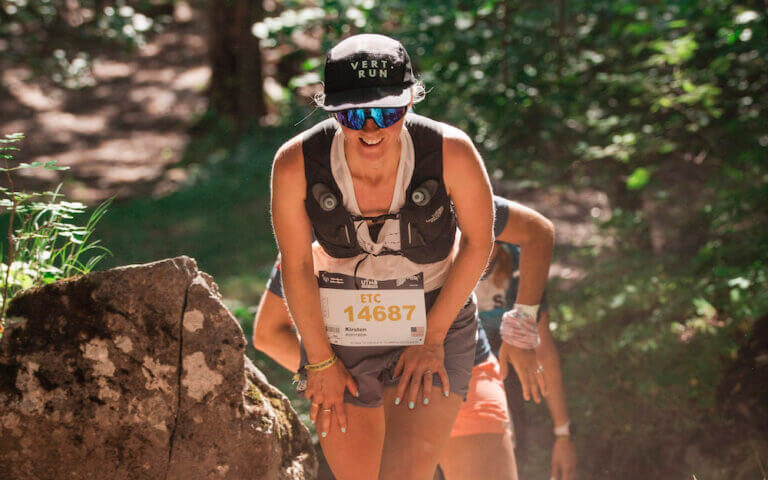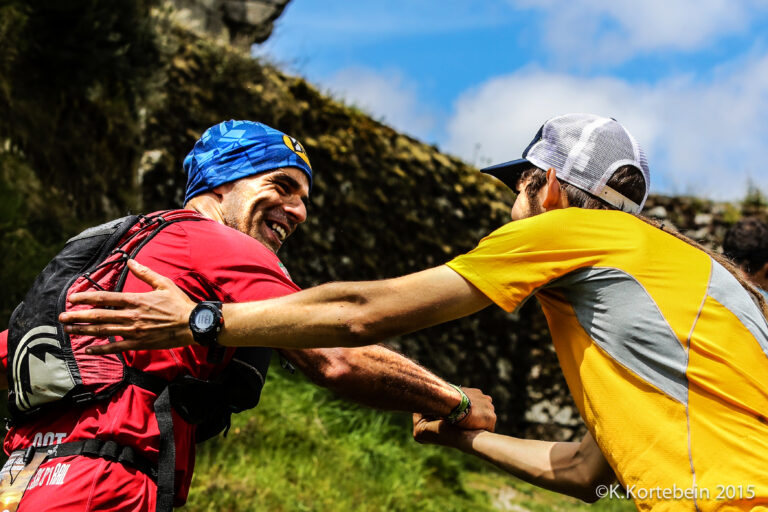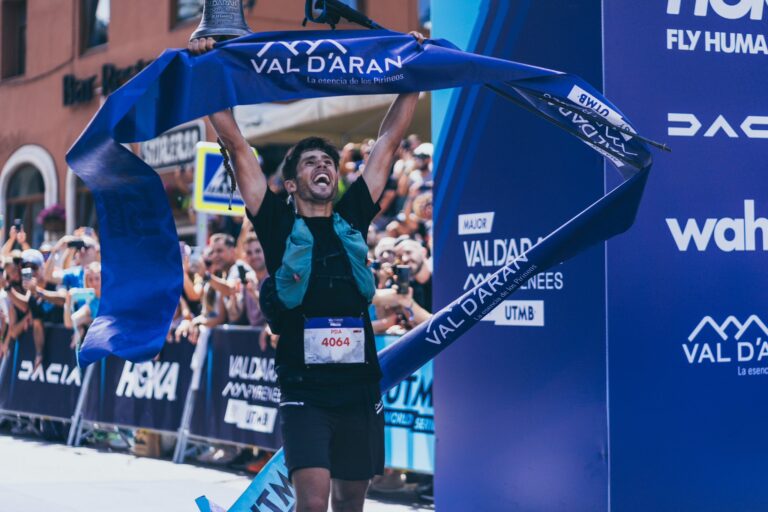How many of us sign up for a race at the beginning of the season, tell ourselves we’ll start training later….and then end up rushing our training when we realize they’re running out of time? Or jumping into the race with little to no prep because we think the distance “isn’t a big deal,” but then end up injured afterwards or later on in the season?
Let’s be honest–that’s happened to us here at Vert.run, and it’s probably happened to you or one of your friends.
Meet Your Coach: A Personal Approach to Training
(Let me introduce myself quickly–my name is Constant, and I’m a Vert.run Coach. I live in Annecy, France–right where the Alps start!)
It’s easy to think “I know I can finish a race that’s ‘x’ miles or ‘x’ kilometers long, so I don’t really need to train or prep since it’s ‘just’ the first race of my season.”
The Risk of Skipping Base Building
It’s easy to fall into this trap! But the issue here is that when we do this, we don’t have enough time to correctly build a solid foundation in order to absorb the more specific training that we’ll have later in the season.
And what we see over and over again when runners skip the crucial “Base-Building” part of their season, is that they often end up injured, overtrained and not even make it to the start of your “A goal” race of the year later on in the season. And this is a huge bummer!
A Simple Solution: Structured Base-Building Training
By doing just 4-8 weeks of simple, structured base-building training at the beginning of your season, you can avoid many issues later on. These include avoiding injury, overtraining, burnout, and mental fatigue.
In a structured training program, the base building phase is designed to build aerobic fitness to prepare for more race-specific training to come. (Note: at Vert.run, we try to take the “guesswork” out of training so that you can focus on enjoying your runs! That’s why we designed this specific Base-Building Training Plan.)
In this article, we are going to explore the many benefits of base-building for trail runners.
Benefits of base-Building
#1: Injury Prevention
Who here likes being injured and unable to get out and run for fresh air, stress relief, etc.? None of us!
That’s why, especially at the beginning of your season, any increase in your training volume and/or intensity should be gradual to reduce the risk of overuse injuries or overtraining.
According to studies on running injuries, overuse injuries were reported in around 60 to 90% of the runners surveyed over a 2 year period, which is huge.
Following a base-building plan (like the ones you can find on Vert.run) helps you load up the miles incrementally to arrive ready for race-specific training, and to stay healthy and injury-free.
#2: Improved Aerobic Capacity
Base-building training is also designed to improve your cardiovascular endurance, which is crucial for being able to run long, sustained efforts on the trails.
This is why we spend a lot of our time during our base-building phase doing easy activity. Contrary to what you might think, base-building training is actually pretty chill–it’s not about doing long workouts, but rather spending a vast majority of your training doing an easy to moderate effort, and doing it consistently for weeks.
Another big part of base-building training is cross-training, which also makes for a really nice, easy transition from off-season to on-season.
(Example: a lot of base-building workouts focus around cross training activities for runners like cycling outdoors, cycling indoors on a trainer, cross country skiing, swimming, or ski mountaineering.)
At Vert.run, we advise our athletes to cross-train, which is a great option to spend time on your legs with less impact. We think it is also great mentally as it breaks from the pressure of “just running.”
#3: Strength Training and Skill Development
Strength exercises focused on building our core and leg strength reduce our risk of injury.
Core and strength routines for runners also make you stronger and more ready to tackle the high-intensity workouts later on in your season by widening your range of motion, strengthening the key muscle chains being activated, etc.
(Also, it’s a common misconception that core and strength work has to take a long time–it doesn’t! That’s why we’ve designed these popular 5-minute routines: “5-minute Core for Trail Runners” and “5-minute Strength for Trail Runners.”)
This is also why base-building training is a good moment to include some speedwork and things like pre-run drills that are not as difficult as race-specific workouts, as it helps you focus on your technique and your form while developing your cardiovascular fitness.
Moreover, the base building phase is a good opportunity to work on some technical skills (like downhill running) that runners tend to avoid in their training.
#4: Building Mental Toughness
The long, steady effort of base-building training, or the hours spent on core/strength work, are all “secret weapons” that cultivate mental resilience, toughness and grit for your trail running season.
One of the secrets we tell all the athletes that train with Vert.run Coaching: following a base-building training plan allows you to arrive stronger and more confident to the start line of your races!
We should definitely point out, though, that you should be careful not to overdo it in the winter if you want to stay motivated the entire spring/summer/fall running season.
This is why at Vert.run, we try to build unique, fun training plans to help you stay happy and committed to your training all year long. 🙂
Key Tips for Effective Base-Building
#1: Progress gradually-don’t rush!
Any long lasting improvement requires patience and incremental increase, be it in training volume, intensity or strength. This is why it is SO beneficial to follow a week-by-week plan, in order to not rush the process.
That’s why we’ve built this specific “Base-Building Training Plan” on Vert.run–to take the guesswork out of your training, so you can focus on just doing the workouts and enjoying them!
#2: Cross-Training is your friend!
Complementary activities like cycling, cross-country skiing or even yoga support our overall fitness and prevent burnout. Too many runners are afraid when they see their miles count decreasing, but you should not be scared of cross-training! In fact, the opposite is true in your base-building phase of training…cross training is your friend!
#3: Prioritize Rest and Recovery
Adequate rest days and following good recovery practices are crucial during base-building, as it gives you the opportunity to absorb the hard training and to have a mental break from training.
In our Vert.run Base-Building training plans, we give tons of tips on foam rolling, stretching and nutrition, and each plan includes your own personal Vert.run coach, who is there to check-in with how you are feeling every week.
Conclusion
Base-building is essential for trail runners. It reduces the risk of injury and improves endurance. It strengthens athletes physically and mentally and lays a strong foundation for their running goals.
At Vert.run, we believe that runners should prioritize this phase of their season.
This is why we have designed several base-building training programs in partnership with professional athletes. It is our mission to make trail running training accessible to everybody! Sign up for Vert.run coaching now and make 2024 your best running year ever!











